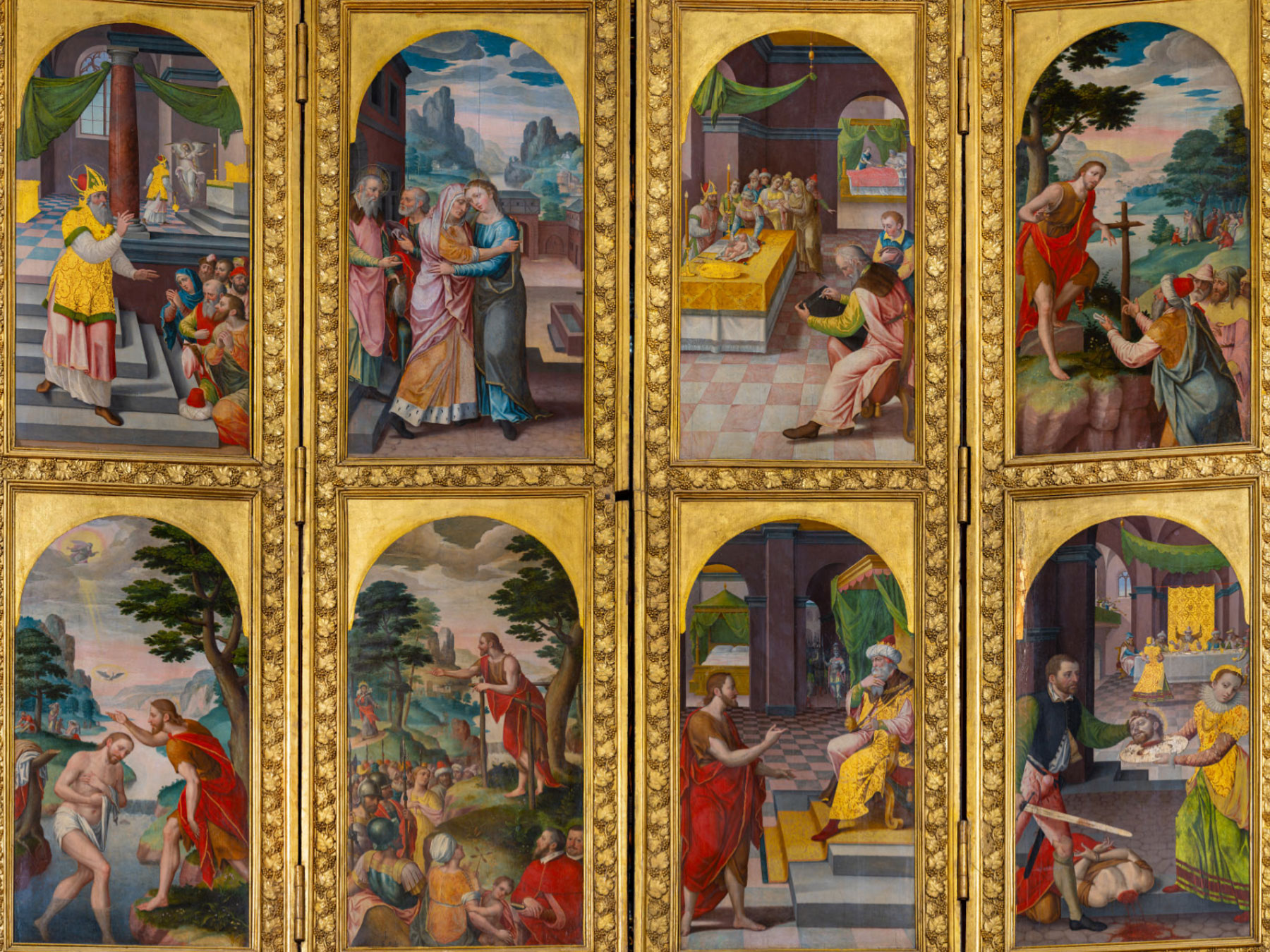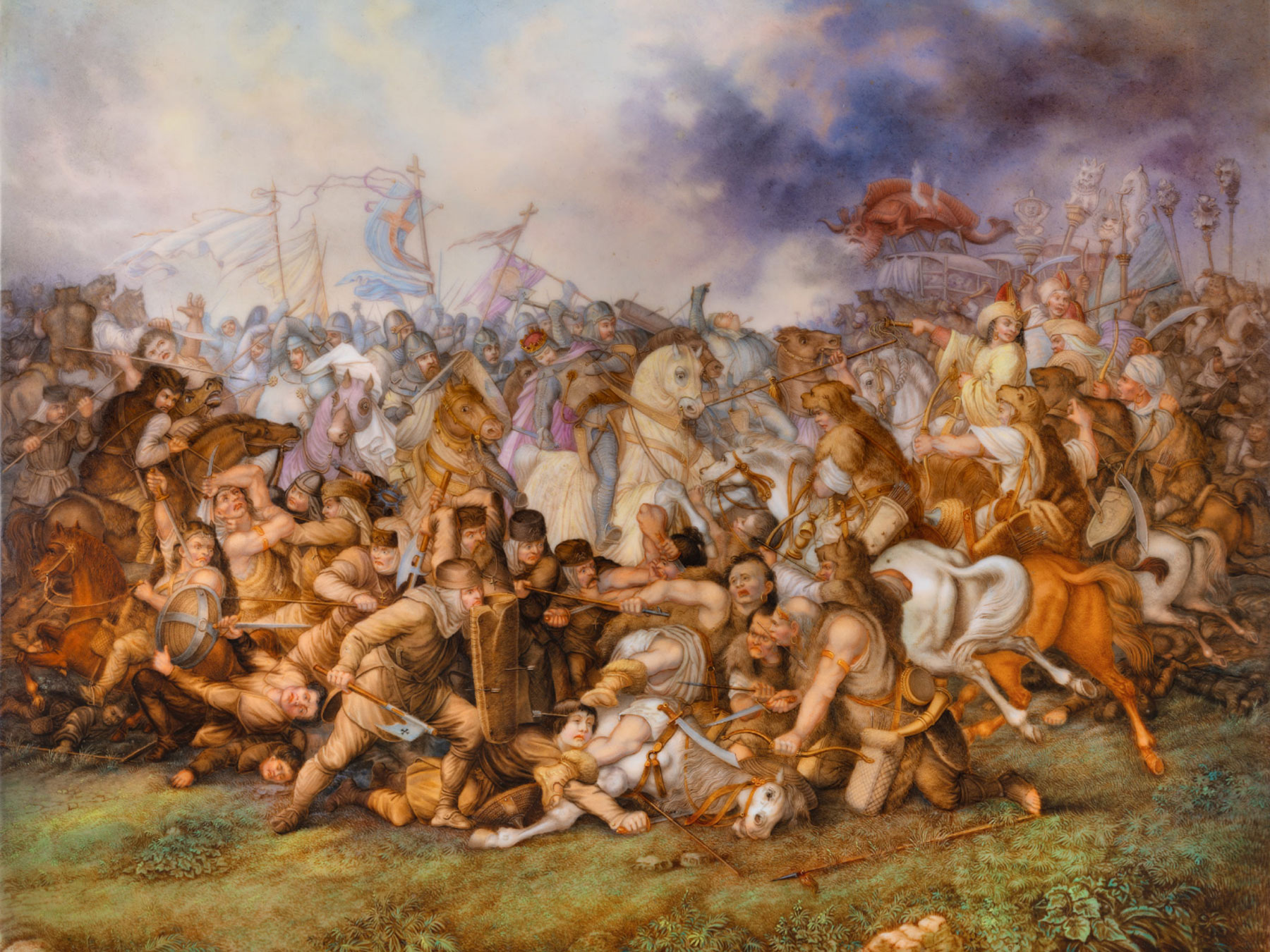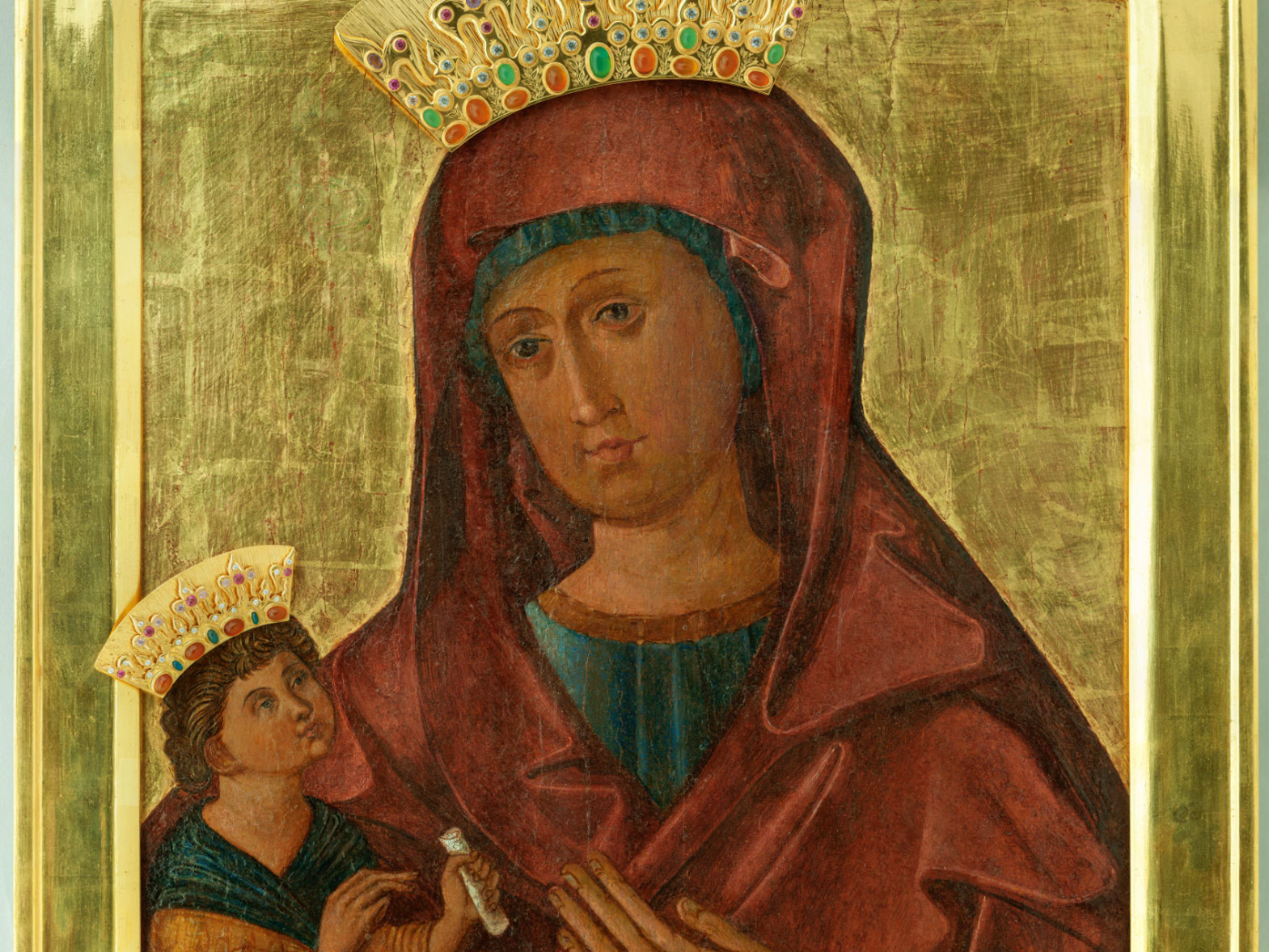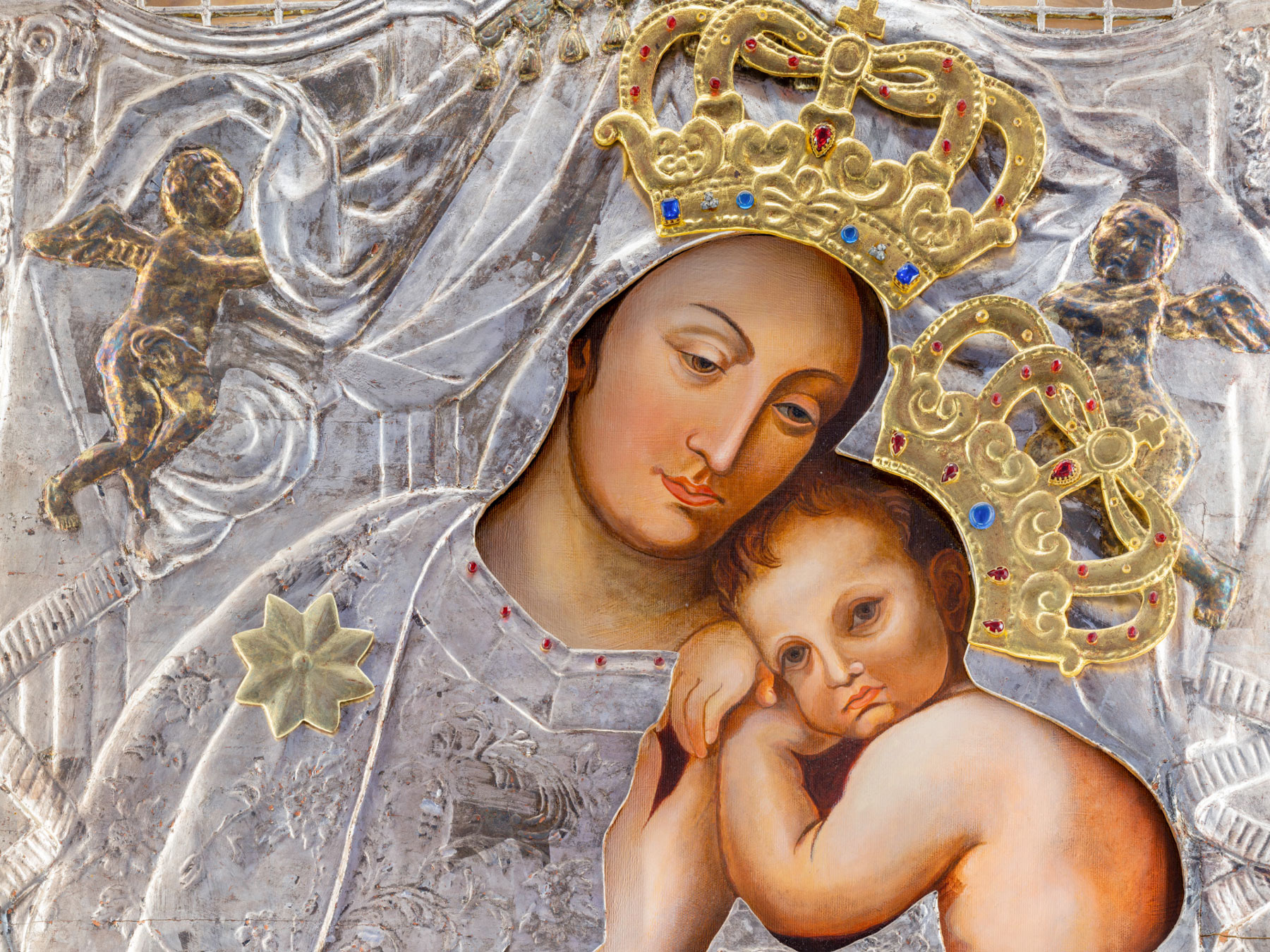Vanitas Still Life
A skull, wilting flowers, a candle that has just been extinguished and a farewell letter – the 1744 painting is characterized by symbols of passing. The leitmotif is the admonition „Memento mori – remember death”. The Wroclaw artist Philipp Sauerland (1677-1762) belonged to the trend of Silesian Baroque painting strongly oriented towards Dutch models.
Such vanitas still lifes first gained great popularity against the backdrop of the Thirty Years’ War. In view of the omnipresent lurking death through acts of war and epidemics, they were intended to show people the vanity and nothingness of their earthly existence in a kind of devotional painting.
Artist Philipp Sauerland, who emigrated from Danzig to Breslau in 1716, painted his still life some 100 years later. The war between Frederick the Great and Maria Theresa for dominance in Silesia flared up again after the country had barely recovered from the First Silesian War (1740-1742). So the theme was topical again, and the luxury depicted here is appropriately full of symbolism: a blown-out candle signifies the extinguishing of the light of life. Quickly wilting flowers and delicious but overripe fruits also allude to the passing of time. Equally impermanent are man-made treasures, such as a glass goblet in which light is reflected. The cup is tattered: “Luck and glass, how easily it breaks,” says an old proverb. Even the erudition hinted at by the book and telescope, as well as man’s global quest for power, is under the sign of “nothing lasts forever.”
For the believing Christian, however, the image also brings hope: the grapes remind us of Jesus’ Last Supper. The butterfly symbolizes the related good news of the resurrection of the soul.
Gigapixels
)
)
)
)
)
)
)
)
)